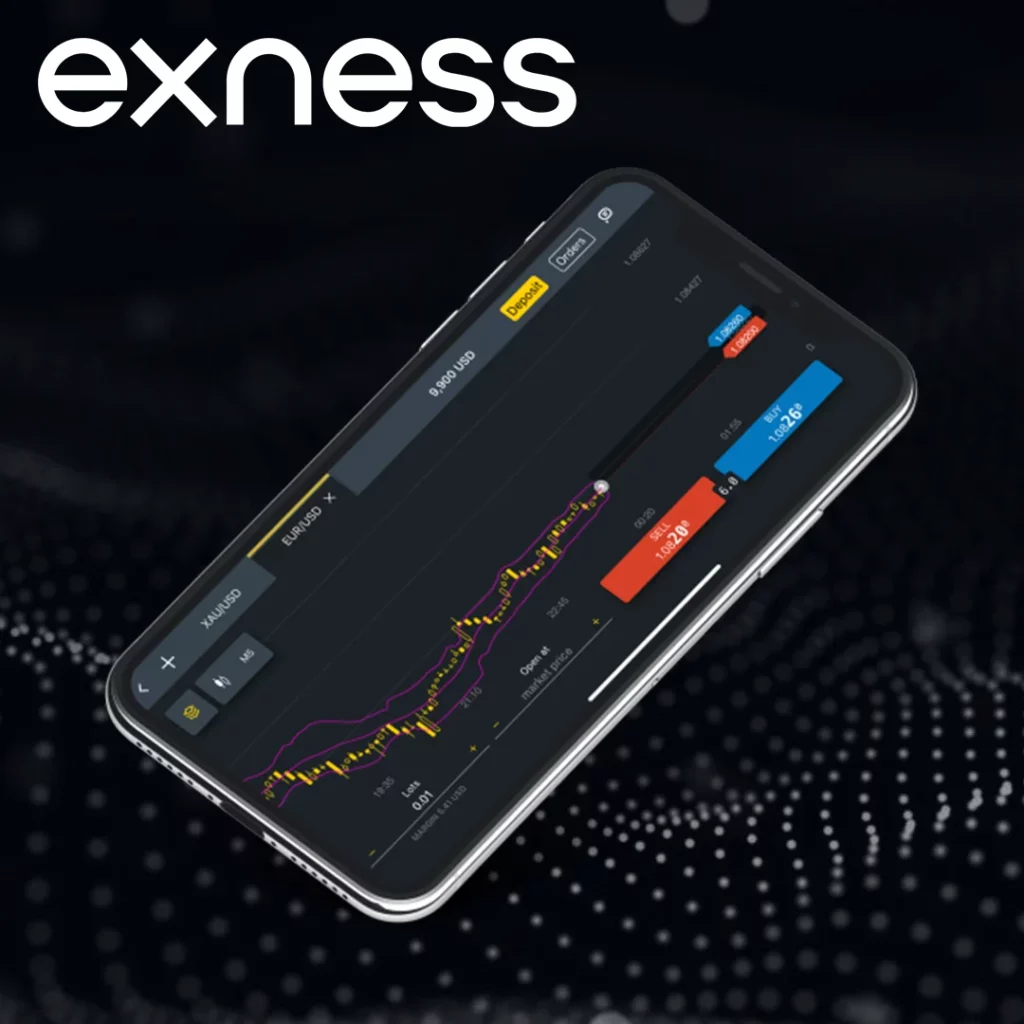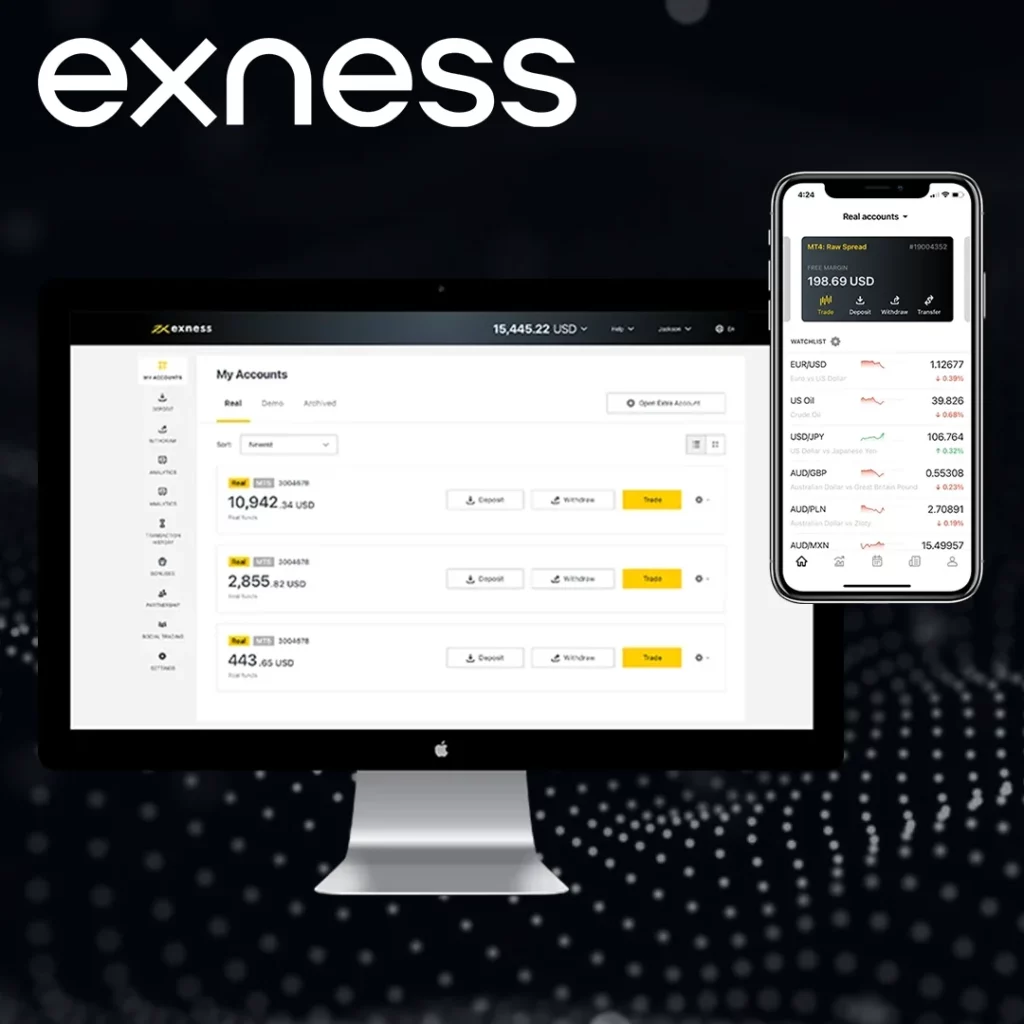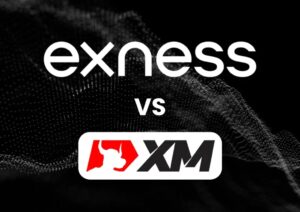Trading on margin amplifies both potential returns and risks. At Exness, understanding the mechanics of margin call and stop out is essential for every trader using leveraged products. These two risk control mechanisms are designed to protect your account from reaching a negative balance, especially during high volatility.
What Is a Margin Call at Exness?
A margin call is an alert that your trading account’s equity has dropped below a certain level relative to your used margin. It’s a warning, not an automatic action.
At Exness, the margin call level is set at 60% for most account types. This means:
- When your equity falls below 60% of your used margin, a margin call notification will be triggered in the trading platform.
This is not a forced liquidation but rather a signal to either:
- Close some open positions,
- Add more funds to your account,
- Or reduce your overall exposure.
What Is Stop Out at Exness?

A stop out is the forced closure of your open positions when your account equity drops below a critical threshold.
At Exness, the stop out level is usually 0% for Standard accounts and 30% for Pro and other professional accounts. This means:
- When equity falls below 0% (or 30% depending on account type) of used margin, the system begins closing trades automatically — starting from the most unprofitable.
| Account Type | Margin Call Level | Stop Out Level |
| Standard | 60% | 0% |
| Raw Spread | 60% | 30% |
| Zero | 60% | 30% |
| Pro | 60% | 30% |
The stop out process helps to protect you from deeper losses and keeps your account from going negative.
How Are Margin Call and Stop Out Calculated?
Both levels are based on the equity-to-margin ratio. Here’s how it’s calculated:
- Equity = Balance ± Open Profit/Loss
- Used Margin = Margin held for all open positions
- Margin Level (%) = (Equity ÷ Margin Used) × 100
| Parameter | Value |
| Balance | $500 |
| Open Loss | -$300 |
| Equity | $200 |
| Margin Used | $400 |
| Margin Level | 50% |
| Result | Below 60% → Margin Call triggered |
If the equity drops further, hitting 0% or 30% (depending on account), stop out will be triggered automatically.
Practical Tips to Avoid Margin Call and Stop Out

- Use Lower Leverage: Avoid trading at maximum leverage unless you fully understand the risk. Lower leverage allows more breathing room.
- Monitor Free Margin Regularly: Keep an eye on your free margin — it’s your buffer during volatile periods.
- Set Stop Loss Orders: Manage risk with stop loss levels on each trade to limit downside.
- Don’t Overtrade: Avoid opening too many positions at once, especially if your equity is low.
- Keep Emergency Funds in Reserve: Having capital ready for a quick top-up during drawdowns can prevent forced closures.
How the Stop Out Process Works on Exness
When your margin level hits the stop out threshold, the system takes automatic action. There is no delay or manual review — it’s an instant protective measure built into the platform.
Step-by-Step: What Happens During Stop Out?
- Margin level drops below the set threshold: This could be 0% or 30%, depending on your account type.
- System identifies the largest losing trade: The trade with the most negative floating P/L is selected first.
- That trade is force-closed: The system liquidates this position to free up margin.
- Margin level recalculates: If the new margin level is still below the stop out level, the system repeats the process.
- Process continues until margin level is back above the stop out level, or all trades are closed
This automatic closure continues sequentially, aiming to prevent the account from going into negative balance.
Difference Between Exness and Other Brokers
Exness applies a transparent and well-defined margin call and stop out mechanism, which stands out in the industry.
| Feature | Exness | Many Other Brokers |
| Stop Out Level (Standard Account) | 0% | Often 20% to 50% |
| Margin Call Notification | At 60% | Sometimes lower or none |
| Negative Balance Protection | Yes (automatic) | Varies |
| Instant Withdrawals | Available (depends on payment method) | Often requires manual approval |
| Execution Order at Stop Out | Worst losing position first | May vary or be random |
These features reflect Exness’ approach to risk management, where client protection is prioritized without delaying execution.
Margin Call vs. Stop Out: Quick Comparison
To clarify the two terms, here’s a side-by-side overview:
| Factor | Margin Call | Stop Out |
| Definition | Warning issued when margin level drops to 60% | Automatic closure of trades when margin level hits 0% (or 30%) |
| Action Taken | No immediate action; user decides | System begins force-closing trades |
| Purpose | Alert to add margin or reduce risk | Prevent further losses and negative balance |
| Who initiates it | Triggered by system, user must act | Executed by system automatically |
| Can it be prevented? | Yes, by adding funds or closing trades | No, once it begins it runs until resolved |
How to Stay in Control of Margin and Stop Out Risks
Successful trading isn’t only about spotting opportunities; it’s also about managing risk. Here’s a list of best practices to stay in control:
1. Use Margin Calculators
Before opening a trade, use a margin calculator to check the required margin and assess whether your equity can support the position.
2. Watch the Margin Level %
Always keep the margin level well above 100%. Once it starts nearing 80%, consider reducing exposure.
3. Trade With a Buffer
Avoid using all available margin. A cushion helps absorb price swings during volatile markets.
4. Stay Updated With Economic Events
News releases can cause price gaps and spikes. Check the economic calendar before opening or holding trades.
5. Know Your Account Type Rules
Different accounts on Exness have different stop out levels. Make sure you know your account’s specifics.

Trade with a trusted broker Exness today
See for yourself why Exness is the broker of choice for over 800,000 traders and 64,000 partners.
FAQs – Stop Out and Margin Call at Exness
What triggers a margin call at Exness?
A margin call is triggered when your margin level drops to 60%, prompting you to act before the system intervenes.



